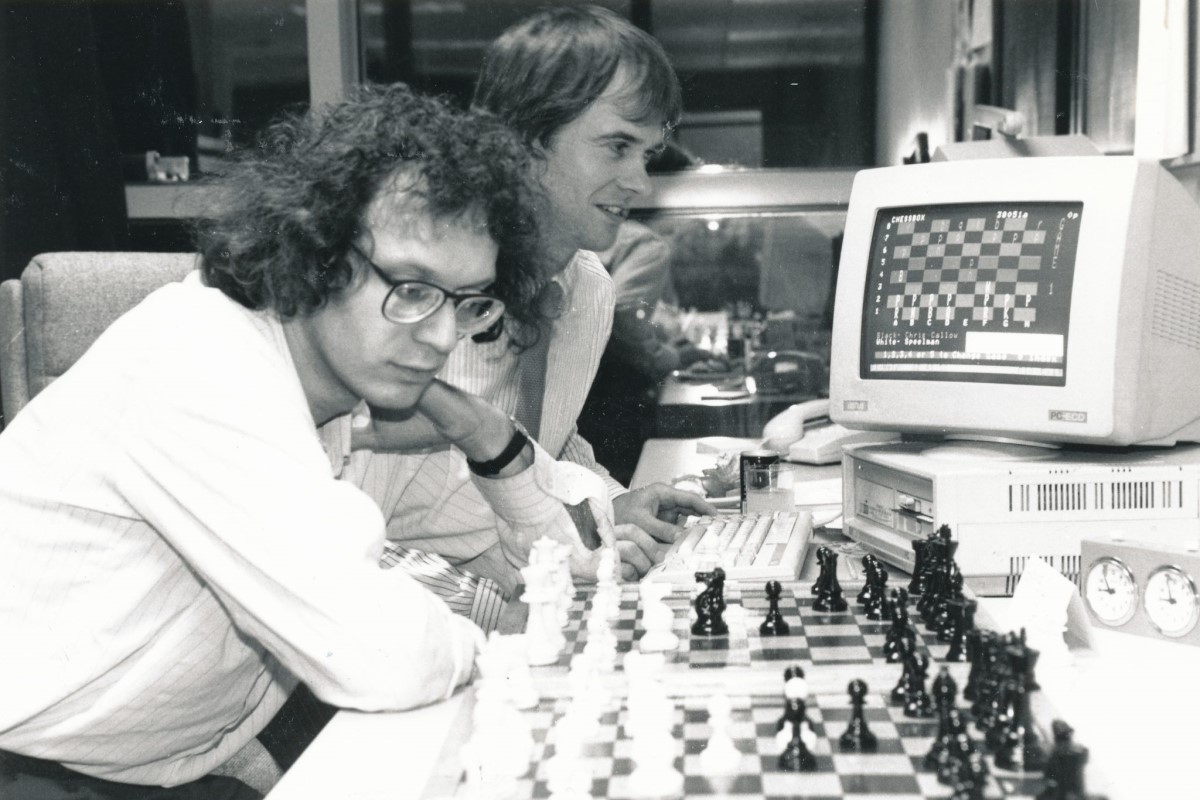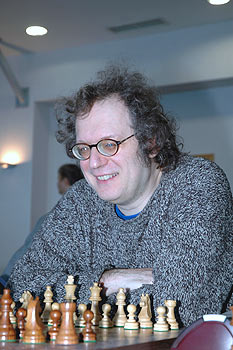


I’m writing this on Friday, October 2nd which, a fond hope, is International Day of Non-Violence after Gandhi’s birth on October 2nd 1869, and coincidentally (there are lots of worse people to share a birthday with) my own. Mercifully it isn’t a round one, at least for a pentadactyl, though if our lords and silicon masters eventually attain real consciousness, they will presumably consider 0x40 to be fairly round and their more simple-minded colleagues will deem 1000000 to be very much so...
 I’m not enormously delighted to be 64, but at least it is a canonical number for a chess player and does provide a fairly plausible segue to the idea that every single square of the chess board may be important (or to misquote Monty Python: Every square is sacred).
I’m not enormously delighted to be 64, but at least it is a canonical number for a chess player and does provide a fairly plausible segue to the idea that every single square of the chess board may be important (or to misquote Monty Python: Every square is sacred).
There’s a game I sometimes show people in which as Black I put knights on both h1 and later a8, and it appears at the end. (I think it may have appeared here before but not for a good while?). This set me thinking about how unusual it is for knights to appear on multiple corners of the board in the same game, and I did a fairly simple-minded search for white knights on a1 and h1, starting by making a database of games in Megabase in which a white knight at some stage appeared on a1 — there were a little over 17,000 of these — and then searching that database for ones in which a knight also appeared on h1.
These are pretty rare and, of the nearly 6.5 million games in my Megabase, I found 39. They included three in which people (kids?) had agreed a draw and then moved their horses around the board for a longer or shorter time: one of these masterpieces ended in the initial position (admittedly after rooks had also moved, so in no-castling chess) after Black’s 54th move. There were also a few instances of Chess960, but still over 30 real games.
After a quick look at these, I reached a tentative conclusion that knights on the rim really are dim — or at least that the people who had created this very aesthetic picture were making a minus score. To my surprise I also found that of these 30 or so games, eight (!) featured white knights on a1 and h1 at the same time.
Given a chance to create such an aesthetic picture, I’d certainly do so myself if the second knight move to the corner was decent, but I don’t think that aesthetics played any part in most of these, and you can judge for yourselves.
I realize that foolish horses in the corner may not be to everybody’s taste so please do keep on sending in your Agonizing and Ecstatic games and /or ideas for future columns, more rooted in the nitty-gritty of battle. Readers whose games or ideas are used will win a 3-month premium membership.
Select an entry from the list to switch between games
| Advertising |